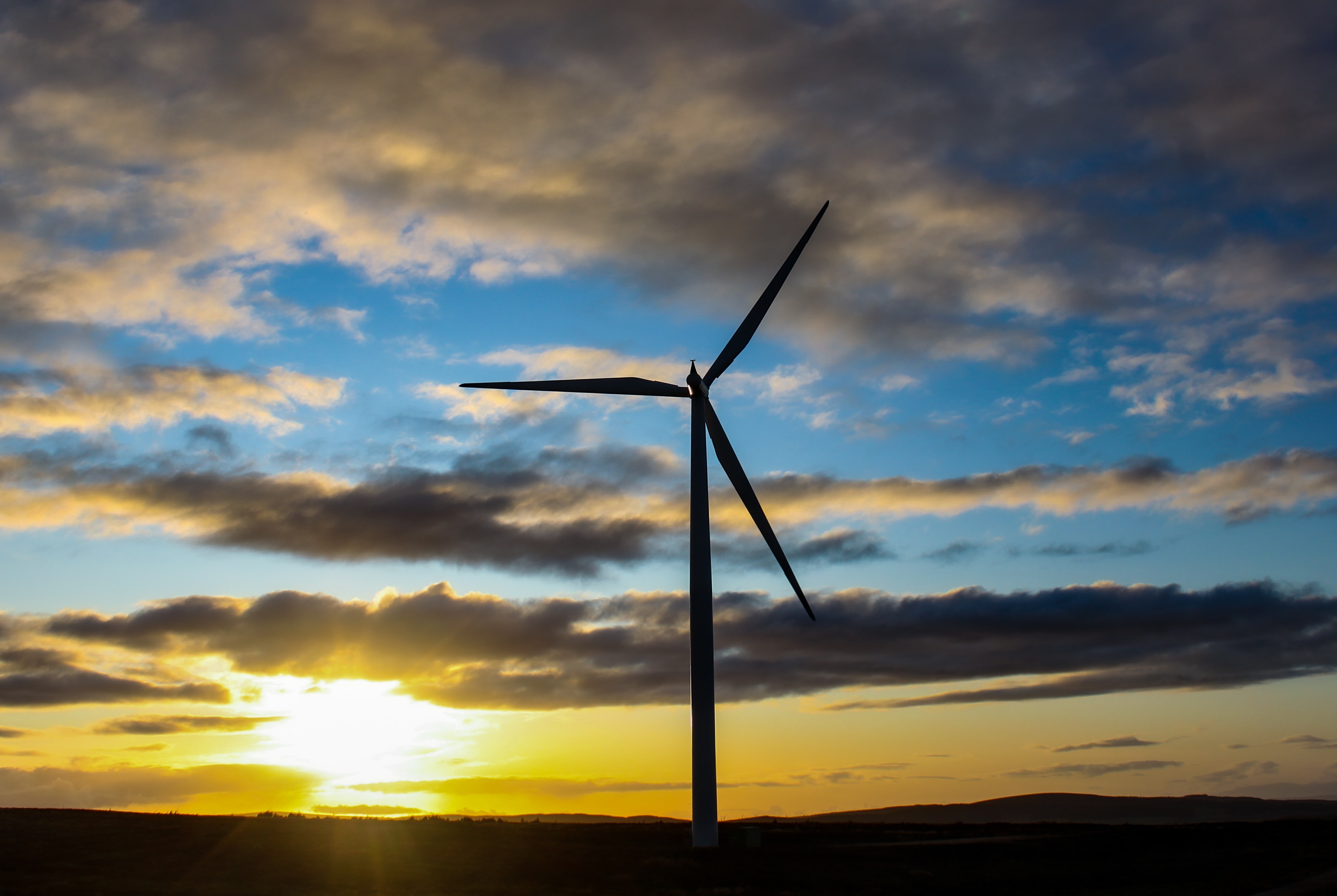Entering Taiwan’s Offshore Wind Market

Taiwan is one of the most attractive offshore wind energy markets in the APAC region. As an island state with an independent grid system, its government has committed to a net-zero carbon emissions target by 2050. Specifically, the country will heavily rely on solar, offshore wind, hydrogen, and energy storage technology to reach its goal. Starting in 2022, and ending in 2024, the Bureau of Energy (BoE) will auction 3 GW of offshore wind capacity per year. These offshore wind projects will be delivered between 2026 to 2031, at a rate of 1.5 GW per year - resulting in 9 GW of offshore wind.
However, to successfully enter this burgeoning market, there are several aspects one must factor.
Developers entering into a dynamic and emerging offshore wind market like Taiwan need to adapt to the ambiguity in its rules, live with the uncertainty and be able to react accordingly. In stark contrast to other offshore wind markets, developers will need to commit upfront - a comprehensive environmental baseline survey covering marine mammals, ornithology, bathymetry etc. should be implemented before the auction. This means that considerable expenditure must be dedicated with no guarantee of development rights.
Furthermore, there is no regulation preventing developers from targeting the same, or partially overlapping, sites so competition risk is paramount. Failure to secure development rights in the first Round 3 auction could signal the end of the road for developers with conflicting sites.
Another key difference in Taiwan’s approach to offshore wind is its resolve to generate a domestic market for the supply and installation of offshore wind components and services. Round 3 developers will need to submit signed contracts with local suppliers prior to the auction. Whilst the so-called ‘localisation’ requirements have been growing with every offshore wind leasing round, concerns are being voiced in the industry regarding the ability of domestic suppliers to meet both the quantity and quality required for the next generation of offshore wind projects in Taiwan, not least the resources needed to negotiate and execute numerous contracts at such a premature stage in the project development.
Developer’s local content achievements are scored and there is a minimum obligation to pre-qualify for the auction. Overachieving developers that score additional localization points put themselves in a strong position to ward-off other developers wanting the same area of seabed if the bid price is equal.
However, with great risk comes great reward and whilst Taiwan’s offshore wind rules vary considerably to many other industries, Taiwan’s offshore wind industry is very attractive to many established and multinational developers – the GW capacity of expressions of interest to date far outweigh the threshold for the Round 3 auctions, however, developers and suppliers will need to work together if the government’s renewable energy ambitions, and their own growth strategies are to be realized.
Author: Laura Evertsen, The Renewables Consulting Group (RCG)
Our member RCG is an integrated market intelligence, management consulting and technical advisory firm. What makes us different is that we are focused solely on the renewable energy sector. We support mainstream and emerging technologies and serve the organisations leading the transition to a low carbon economy. Company provides consultancy services across the life cycle of renewable energy projects.
For more information about RCG, please click here
